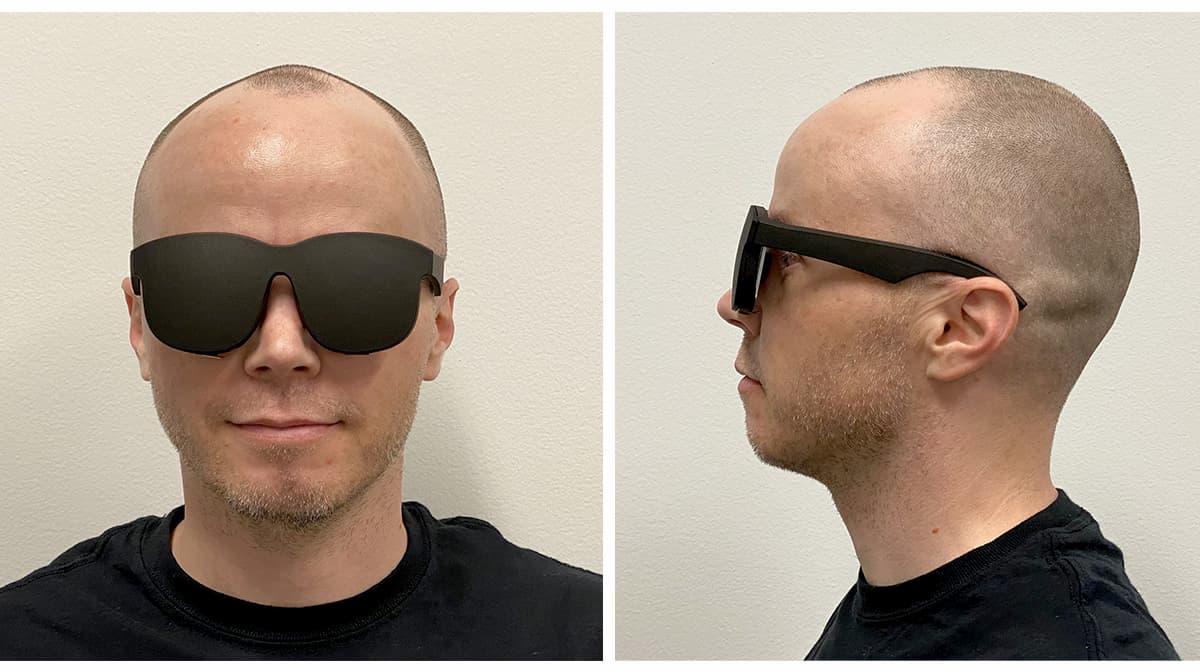Facebook Brings in Sleek Pair of VR Glasses

Virtual Reality (VR) and Artificial Reality (AR) have always shared a parallel bond with each other, these hope to influence the way we work and live together. As VR/AR is changing the world rapidly through becoming more powerful and capable of creating the high-quality visuals. The coherence between AR/VR and its human interaction will develop, leading to a natural understanding and new methods of interaction with the virtual space.
Facebook show-offs the newest pair of thin and lightweight virtual reality headset with glasses. The headset cum glasses cover up half of the face and must be strapped to the head, it looks like a big pair of sunglasses which is comfortable on the ears.
The sunglasses or the headset is a common notion of AR devices, but an actual VR product. With the display thickness of 9mm, Facebook states that they give a field of view that is comparable to today’s VR products in the market. The glasses are not necessarily good for thin looks, they also seemingly beam images to the eyes in different ways than the regular VR headsets in the market today. Facebook explains this as a holographic optics.
Many of the VR displays show a common view of optics that is a simple refractive lens which is made up of thick glass or plastic in a curved piece. As many are familiar with holographic images, which are in three-dimensional including depth in and out of the page. These holographic images are seen recording of the larger intersection of laser light objects, rather than the 3D scene. This results in a thin, weightless, and transparent sticker.
It helps to reduce the amount of space between the main display and the lens that focuses the images. With polarization based optical folding, the light can be controlled to move both forward and backward within the lens, so the empty space is navigated multiple times, collapsing it to a fraction of the original volume.
The GIF released by Facebook’s research team in their blogpost will help visualize how the technique works stating, “While it points toward the future development of lightweight, comfortable, and high-performance AR/VR technology, at present our work is purely research”.
Many companies are struggling to combine the idea of AR/ VR technologies into a single device, but all the companies end up in a bulk of VR centric products that use outward-facing cameras to perform light AR. Organizations are working behind the curtains to make smaller, hybrid devices a reality. For example, Google just bought a start-up called North, an AR glasses company, to relive its dream of a consumer Google glass-style heads-up display. Here, Facebook gives a glimpse of what the future might hold in AR/VR technology.



